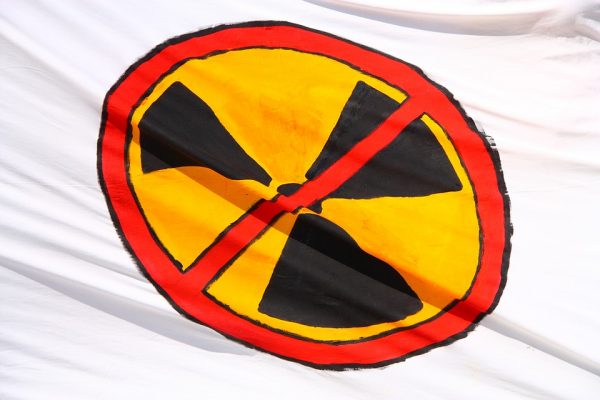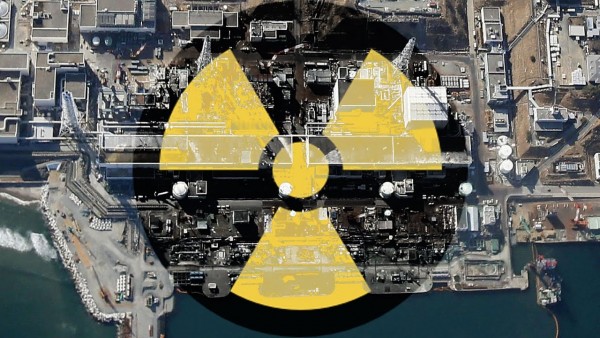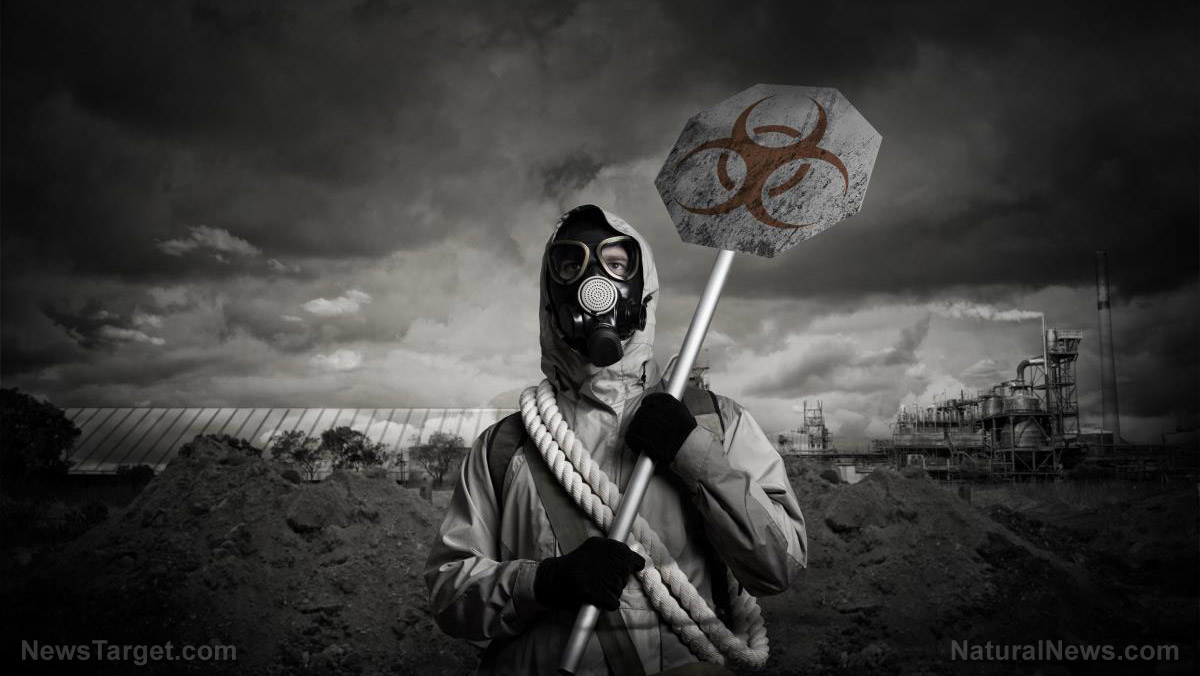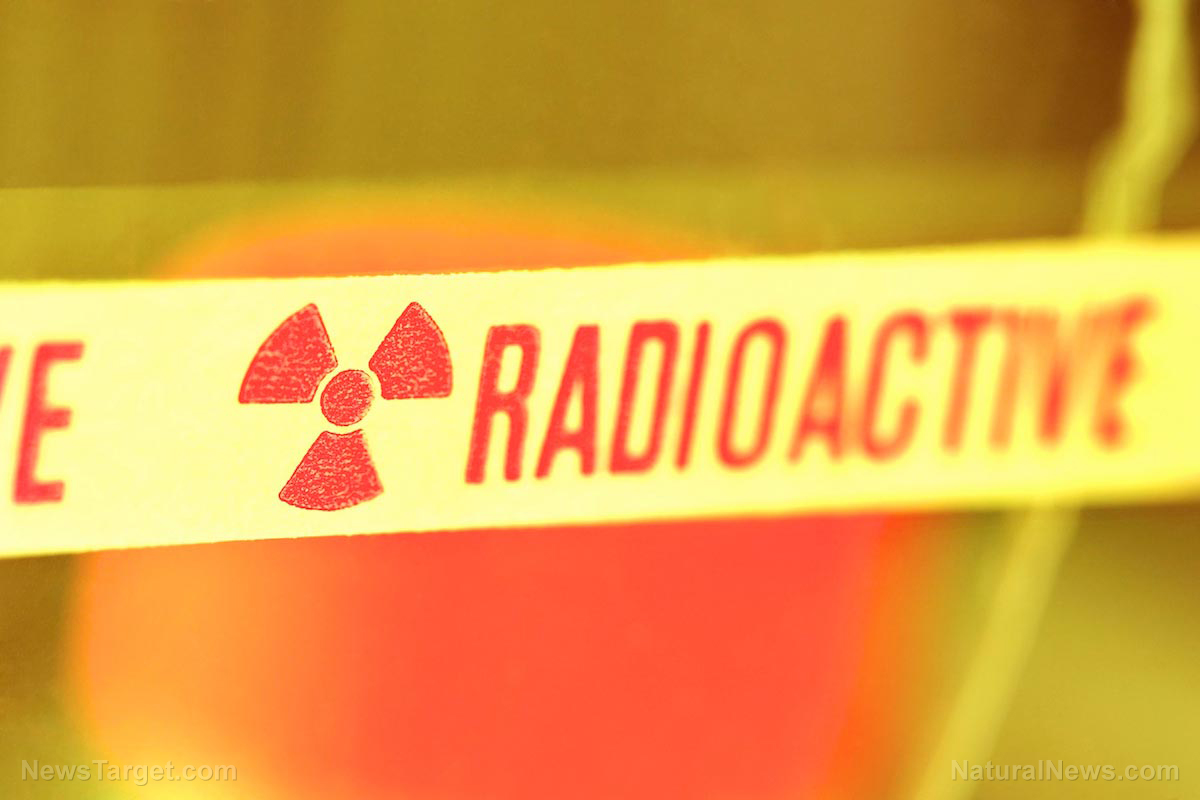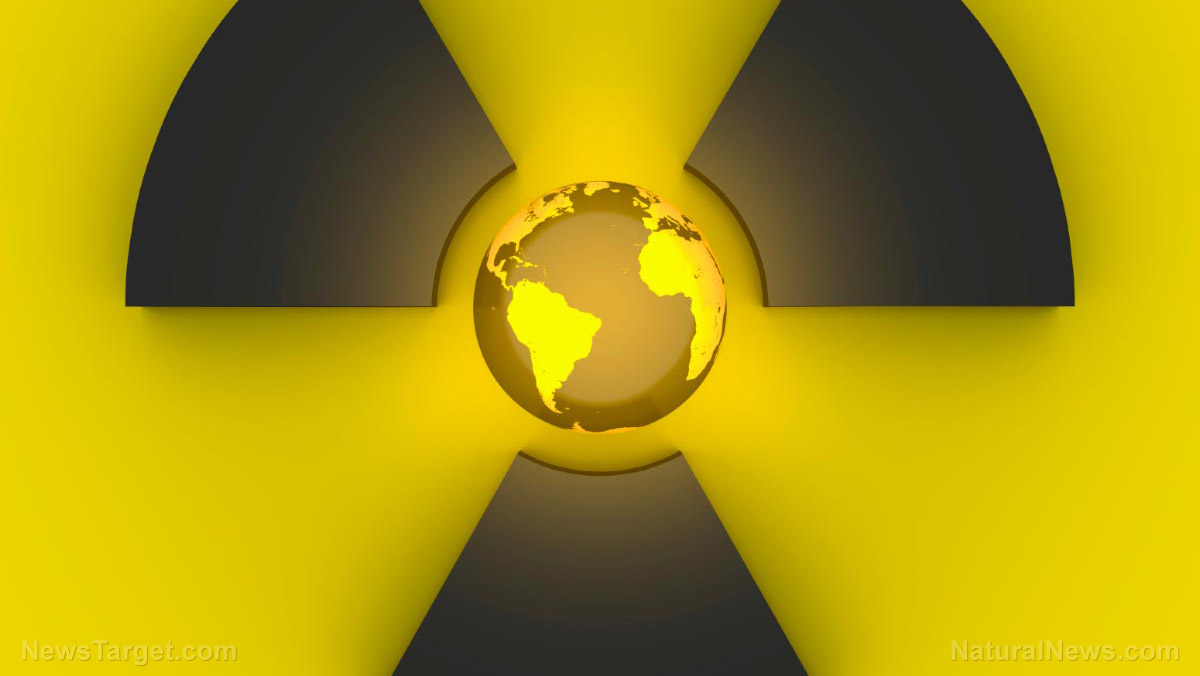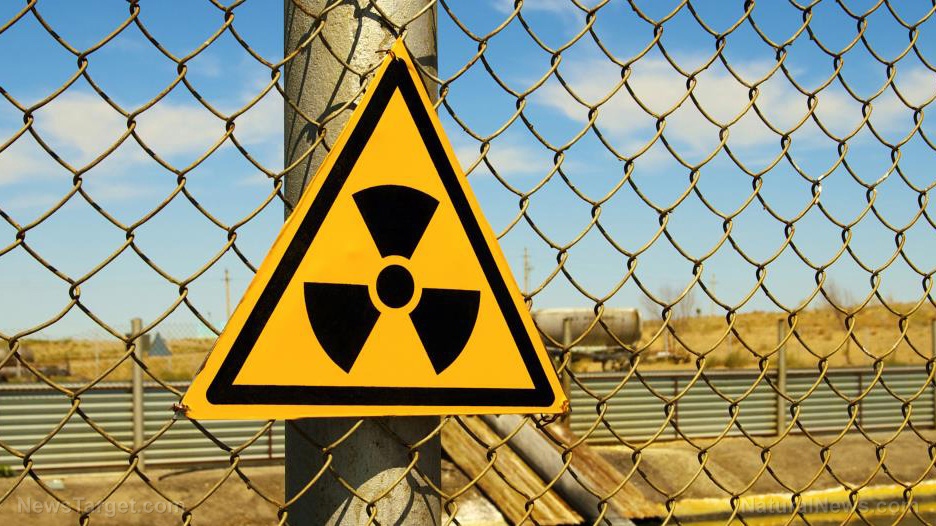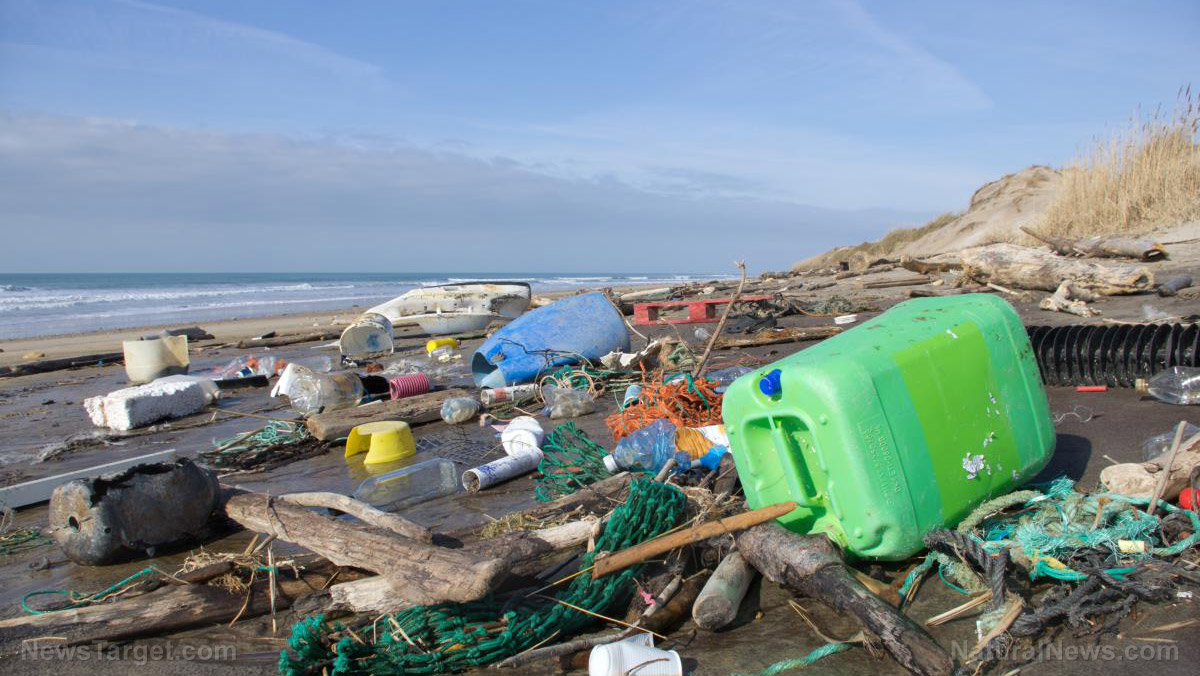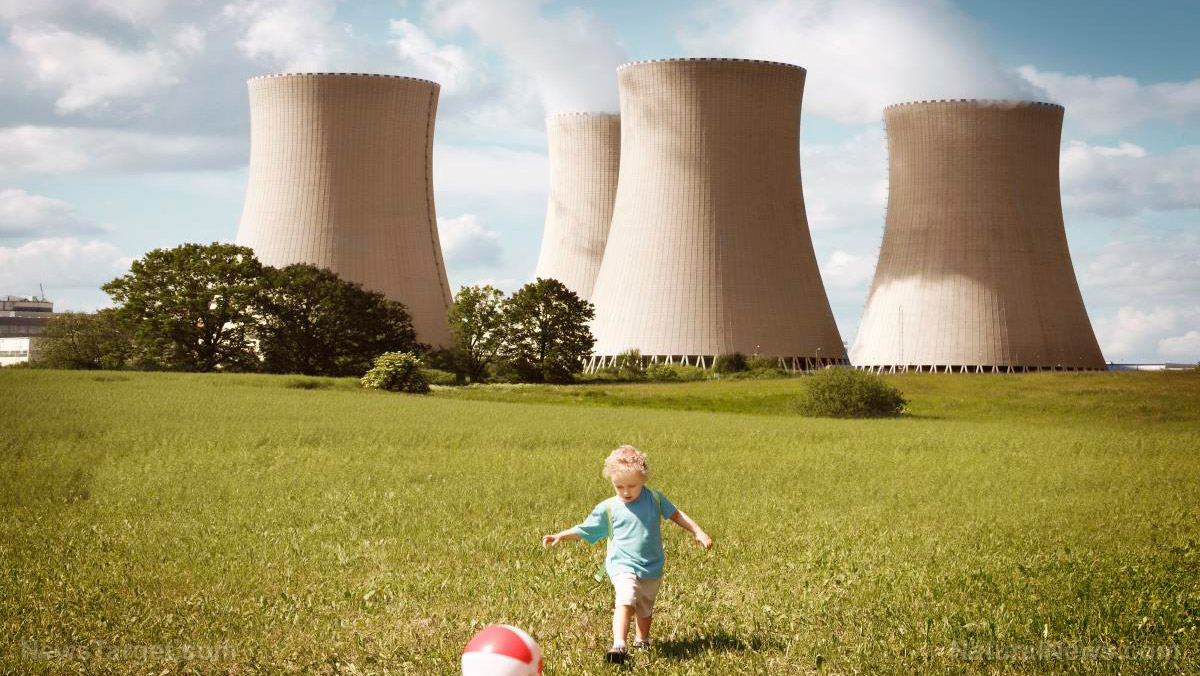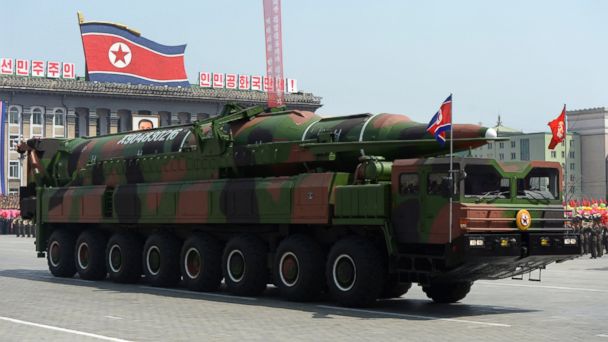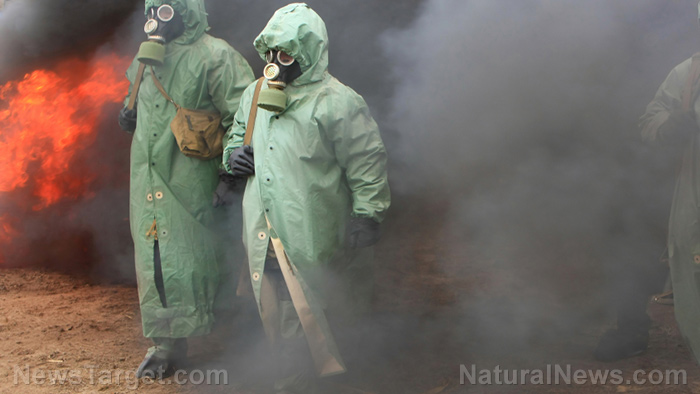Fukushima: The Nightmare Continues
09/13/2016 / By fukushima

Some global problems fade from our consciousness all too early. One example is the continuing environmental disaster resulting from the 2011 meltdown of nuclear power reactors in Fukushima, Japan. While some clean-up progress has been made, the overall status of one of the world’s most horrific atomic disasters continues to deteriorate, with no solution in sight.
Article by Chris
We are speaking here of radioactive poisoning of unimaginable proportions, and not just in Japan, as the Pacific Ocean continues to carry significant radiation levels wherever its currents reach. On land and sea, God’s creatures continue to show high exposure levels and ensuing harm. Yet Pacific Ocean fish is still sold in America and elsewhere without a warning label. Moreover, the Japanese tourism industry is pushing the “safety” of the surrounding, still highly radioactive region, and Fukushima itself is so “hot” that robots sent into the plant fail almost immediately. The Japanese government promotes the lie, too, as it wants to stop paying relocation monies to displaced citizens.
Richard Wilcox, who teaches in Japan and has a doctorate in environmental studies, writes on the “Activist Post” website about the latest studies of the condition of reactor No. 2 at Fukushima plant No. 1. He brings to light highly disturbing information—and possible evidence of an ongoing cover-up of even more radioactive toxification of the environment. Worst of all, he points out the damage could persist for millennia. The Tokyo Electric Power Co. (TEPCO) recently released a report publicized in the Japanese newspaper Asahi Shimbun in which it was claimed that, “Most of the nuclear fuel inside the No. 2 reactor . . . apparently did not melt through the pressure vessel,” which normally would isolate the dangerous substance from the environment. A muon tomography scan was used to try to locate the position of about 160 tons of melted “corium”—nuclear fuel—and 50 tons of “control rods and other materials.” The scan was carried out in conjunction with the International Research Institute for Nuclear Decommissioning, “an organization made up of the utility and nuclear power plant manufacturers”—hardly disinterested parties.
A dark shadow near the bottom of the reactor core image was “believed” to be melted fuel, although how its mass was determined is not explained. This would ordinarily be good news, since it was previously believed that the fuel had melted through the reactor pressure vessel (RPV). Other researchers, however, believe that TEPCO’s overlay image of the walls of the RPV was placed far too low, and that “there is no fuel in the bottom of the RPV in any significant amount.” Given TEPCO’s previous failures, this suggests the power company continues to be either negligent or deceptive.
The Fukushima Project at SimplyInfo.org examined both older and newer scans of the RPV and fuel core and determined that results were at best “inconclusive.” However, when SimplyInfo.org research team member Peter Melzer used Image J software to carry out a Fast Fourier Transform analysis to enhance the TEPCO muon scan image, the results showed the absence of any meaningful amount of nuclear fuel having been contained.
GRAVE CONCERNS & QUESTIONS
Will TEPCO correct reports of its wishful thinking about the location of the melted nuclear fuel? Key Japanese media are run by the same oligarchic interests as those that control U.S. news, so Wilcox doubts any objective reporting correction will occur on that front. How will the highly dangerous nuclear fuel be contained or recovered? Wilcox points out that a Chernobyl-style “sarcophagus” over the entire location is pointless, because Fukushima does not stand on bedrock like the Russian power plant, but soft soil above an aquifer which provides water to millions of people in Tokyo. If the fuel is outside the core, as seems likely, its continued presence will poison the ground and the water table for as long as 100,000 years. Until now, experts have developed no way to contain or recover the deadly radioactive metal. And while some allege that small amounts of certain types of radiation can be healthy, that cannot be said of all types, nor certainly of massive and prolonged exposure, as would be the case in Fukushima. A recent scientific study found three-year retention of insoluble radioactive cesium in seven highly exposed Fukushima workers. According to Wilcox, the real reason for the ongoing Fukushima cover-up lies with the usual suspects: the plutocratic banksters who hold the loans on Japanese nuclear plants and want to get paid. So the government is under strong pressure to restart all of them, which were shut down after the Fukushima disaster—even though the Japanese people are highly opposed. Once again, money triumphs over morality.
And all of this begs the question of why, as in Japan and California, dangerous nuclear plants are built near major active fault lines in the Earth’s crust, or why—since spent fuel cannot be stored safely—nuclear plants are operating at all. Human beings are not ready for nuclear power. It is time to shut them all down.
Read more at: americanfreepress.net
Tagged Under: Fukushima, Japan, Nuclear Crisis, radiation

